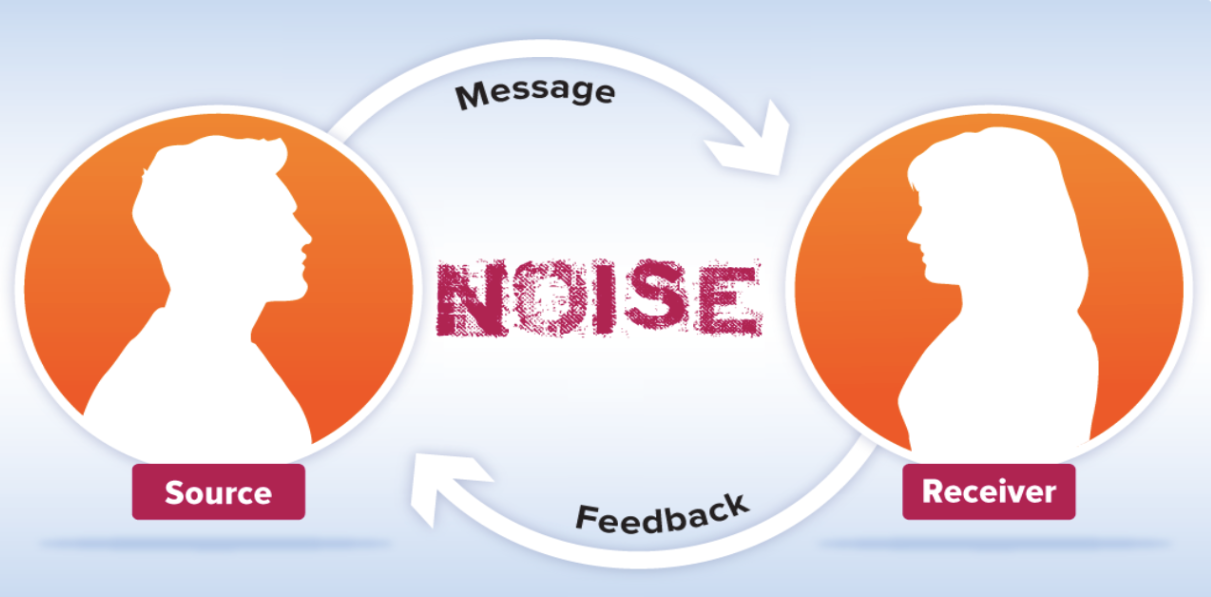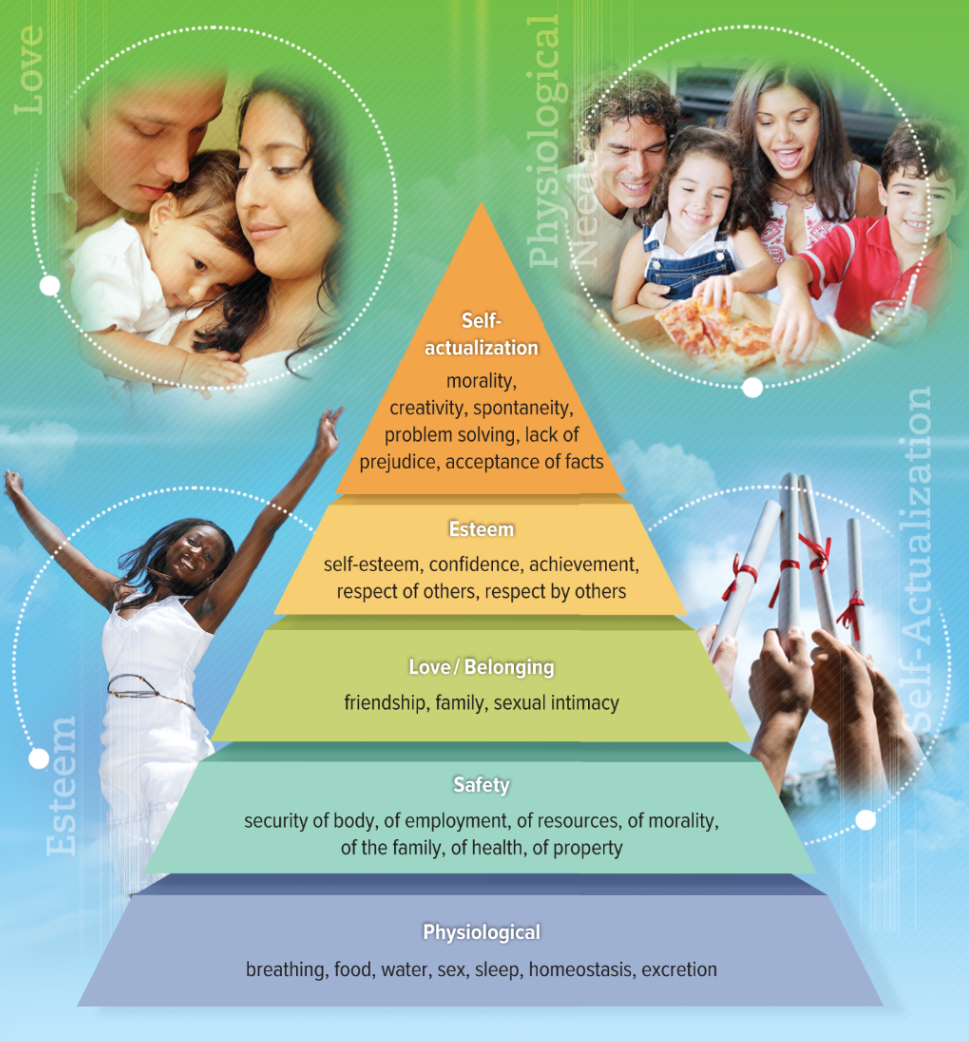Final Review
1/32
There's no tags or description
Looks like no tags are added yet.
Name | Mastery | Learn | Test | Matching | Spaced |
|---|
No study sessions yet.
33 Terms
What is open and closed communication?
Open communication allows for all parties to respond.
Closed communication only involves one active communicator.
What is reflecting?
Encourage patients to think through and answer their own questions. By reflecting patients’ questions or statements back to them, you are helping patients feel that their opinions about their health are of value.
What is complementary and alternative medicine?
Complementary medicine is used in addition to standard treatments.
Alternative medicine is used instead of standard treatments.
Ex: massage, yoga, biofeedback, chiropractic, acupuncture, magnetic therapy, hypnotism, glucosamine chondroitin, herbal therapy, dietary supplements
What is the purpose of calcium?
a mineral most often associated with healthy bones and teeth, although it also plays an important role in blood clotting, helping muscles to contract, and regulating normal heart rhythms and nerve functions
What is the function of protein?
the most essential nutrient for building and repairing cells and tissues
What is active and passive listening?
Active listening - two-way communication offering feedback or asking questions
Passive listening - hearing what a person says without responding
What are examples of nonpharmacologic pain management?
physical therapy, comfort therapy, psychological therapy, thermotherapy, massage therapy, exercise
What does the communication circle involve?
a message, a source, and a receiver

What are ways to prevent the elderly from falling?
install secure handrails near the bathtub and toilet and well-lit areas
What is participatory teaching?
including the patient in teaching technique
What is the best communication method when talking to patients with STDs?
face to face
What is a TDD phone system used for?
Telecommunications Device for the Deaf (TDD) are special telecommunications equipment used by people who cannot use a regular telephone due to hearing loss or speech impairment.
What type of communication does body language fall under?
nonverbal communication
What is acupuncture?
Acupuncture is a form of alternative medicine and a component of traditional Chinese medicine in which thin needles are inserted into the body.
How do you refer to a LGBTQ patient?
By their pronouns
What does demeanor refer to?
your outward behavior such as they way you stand, talk, or facial expressions
What does bias refer to?
a tendency to prefer one person or thing to another, and to favour that person or thing
What are vitamins?
organic substance that is essential for normal body growth and maintenance and resistance to infection
What is an advantage of patient education?
it results in greater compliance with prescribed treatment programs
What does paraphrasing mean?
rephrasing text or speech in your own words, without changing its meaning
At what reading level should brochures not exceed?
6th grade
What are barriers to effective therapeutic communication?
reassurance, approval, disapproval, agreeing/disagreeing, advising, probing, defending, requesting an explanation, minimizing feelings, stereotyping
What is a clear liquid diet?
A clear-liquid diet consists solely of foods that you can see through, such as tea, broth, non citrus juices, clear carbonated beverages, popsicles, and gelatin.
What are certain behaviors that a patient with an eating disorder may experience?
laxatives, vomiting, diuretics, etc.
What is glucosamine chondroitin used for?
a dietary supplement that is taken to treat osteoarthritis by reducing pain and slowing down joint cartilage damage
What is the purpose of consumer education?
Americans have become more aware of the importance of good health
What is the function of water?
Water has no caloric value, but it constitutes about 65% of a person's body weight and is essential to the body's normal functioning. In general, water helps provide the body with other nutrients it needs and helps rid the body of what it does not need.
What is fiber?
the tough, stringy part of wheat and other grains, which is not absorbed by the body
Who is the strongest influence on patients dealing with terminal illness?
hospice workers/caregivers
What are the five stages of grief?
denial, anger, bargaining, depression, and acceptance
What does summarizing refer to?
This skill involves organizing and summing up the important points of the discussion. It gives the patient an awareness of the progress made toward greater understanding.
What do you do if a patient appears to be in a physiological stress?
make sure to address it
What are the different sections of Maslow’s pyramid hierarchy of needs?
Top to bottom: self-actualization, esteem, love/belonging, safety, physiological
